Many science fiction movies, books, and TV series feature very real star systems. One of them is Dune, whose main stars we have already described.
But there is another popular sci-fi franchise in which you can meet a very real star. We are talking about Alien, which was set in the Zeta Reticuli system. On the occasion of the release of the movie “Alien: Romulus”, we would like to tell you about what astronomers know about this world.
Zeta Reticuli in Alien
In total, three films about xenomorphs take place in the Zeta Reticuli star system. These are the original Alien, Aliens, and Prometheus.
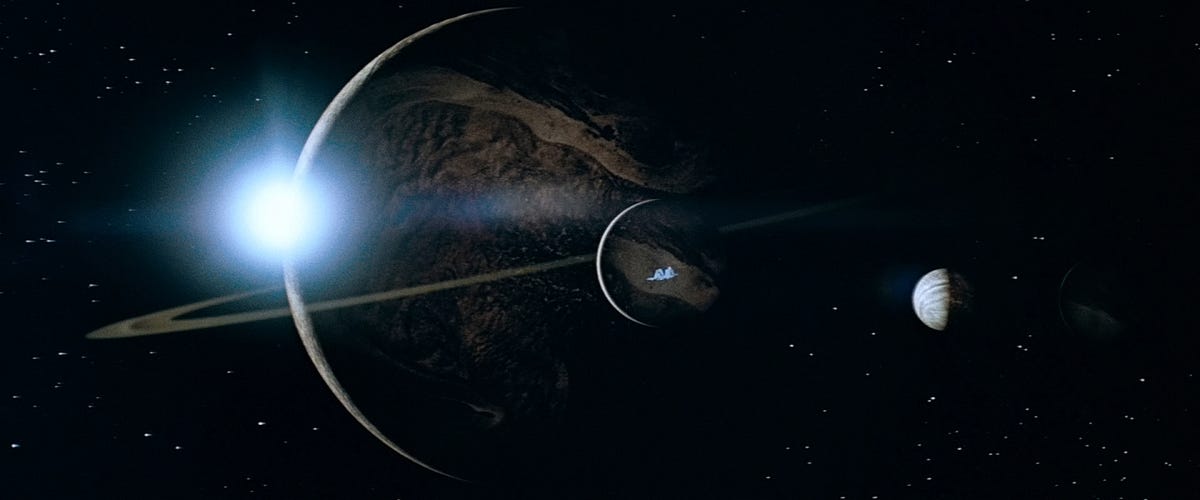
In Alien, the spaceship Nostromo changes its course and arrives in the Zeta Reticuli system after receiving an unknown signal. Its source is located on one of the moons that orbits a gas giant with rings resembling Saturn. The movie says that the diameter of the satellite is 1200 km, the period of rotation around its axis is 2 hours, and the surface is made of lava rocks.
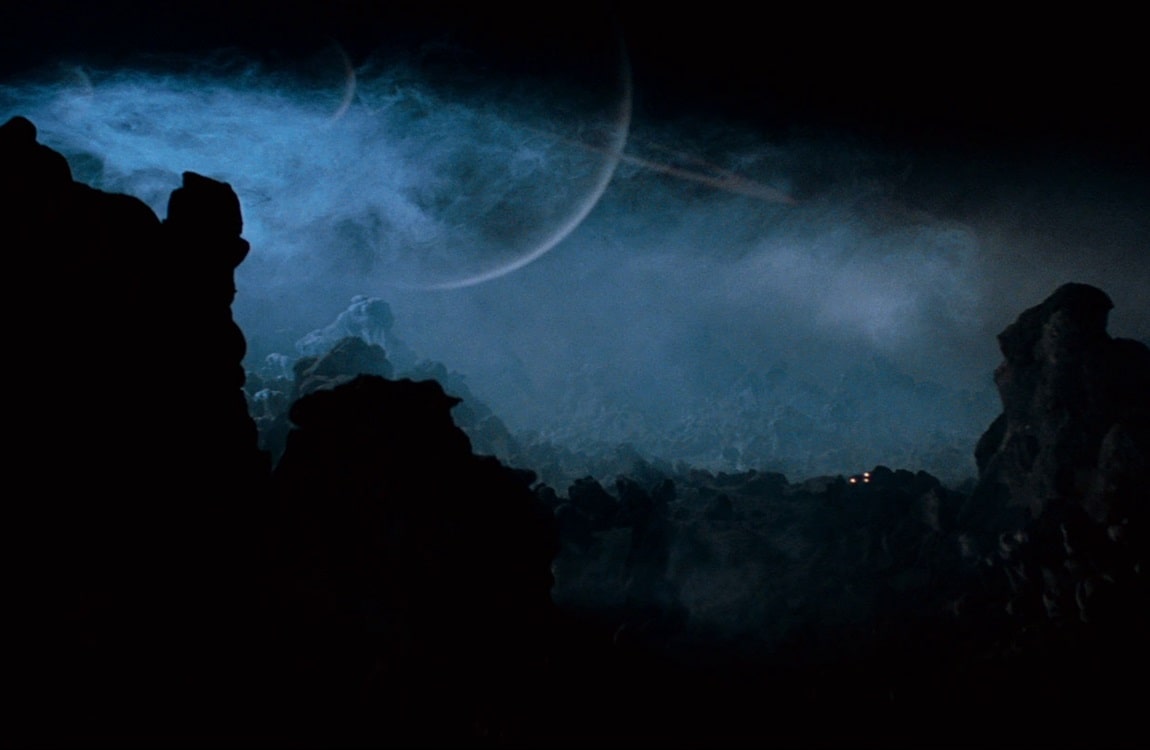
Despite its modest size, the gravity on the body’s surface is 0.86 g. It has a full-fledged atmosphere consisting of nitrogen, methane, and carbon dioxide. Of course, in reality, such a tiny object could hardly possess such a powerful gravity. Therefore, in some books about Aliens, the diameter of the satellite was increased to a more plausible 12 thousand kilometers.
In the movie, it turns out that the satellite has no life forms of its own, and the signal comes from an alien spacecraft that once crashed on this celestial body. When the heroes get on board, they find a dead alien, as well as the cargo the ship was carrying, which consists of eggs of a parasitic life form that uses other living beings as incubators.
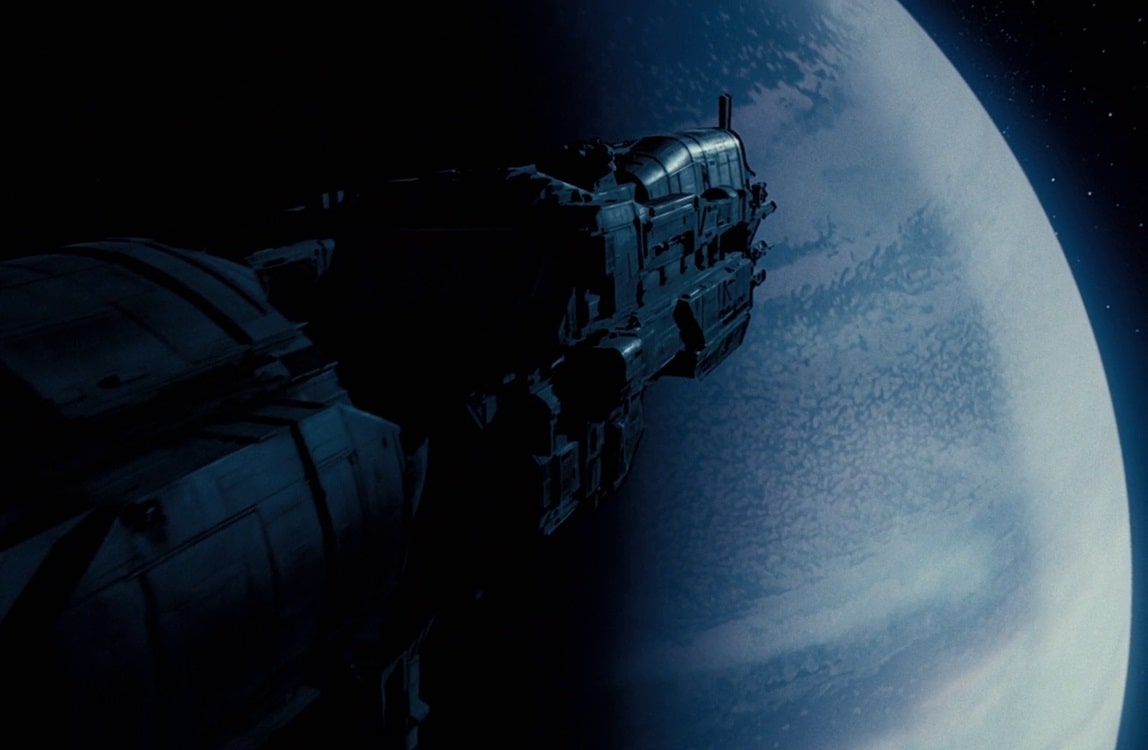
From Aliens, we learn that after the events of the first movie, the satellite underwent terraforming and was designated LV-426 (sometimes also called Acheron). Now it has an oxygen-rich atmosphere, and the temperature has risen so much that it is already possible to stay on the surface in normal clothes. At the same time, LV-426 is still hardly a pleasant place to live. Due to the work of the atmospheric processor, its sky is almost always covered with clouds, there are constant showers and very powerful winds.
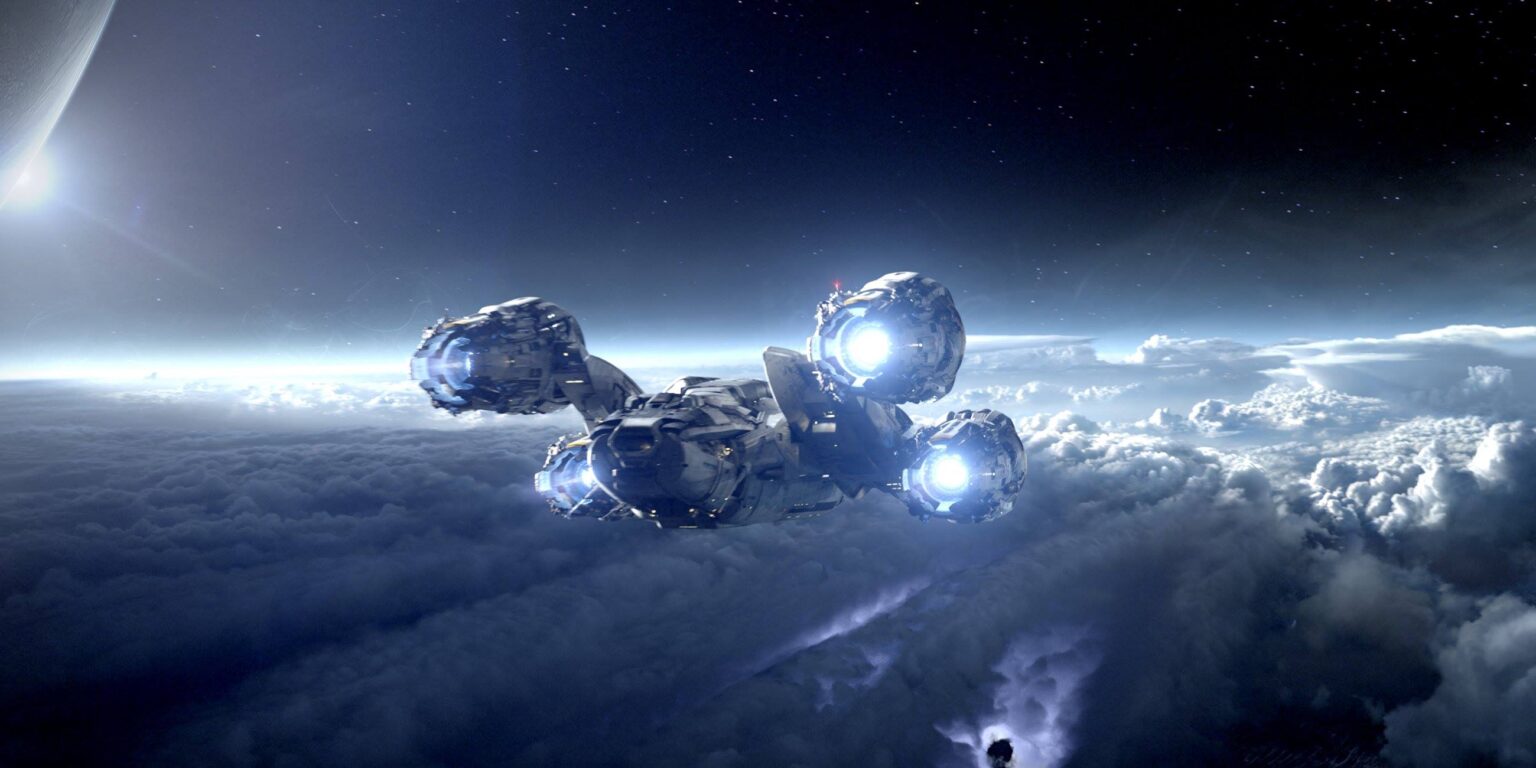
Prometheus also takes place in the Zeta Reticuli system, but near another satellite of the gas giant with rings designated LV-223. It has a more favorable climate than LV-426, and its atmosphere resembles the Earth’s, with one important exception: it contains much more carbon dioxide. Therefore, a person without a spacesuit can survive on the surface of LV-223 for no more than a few minutes.
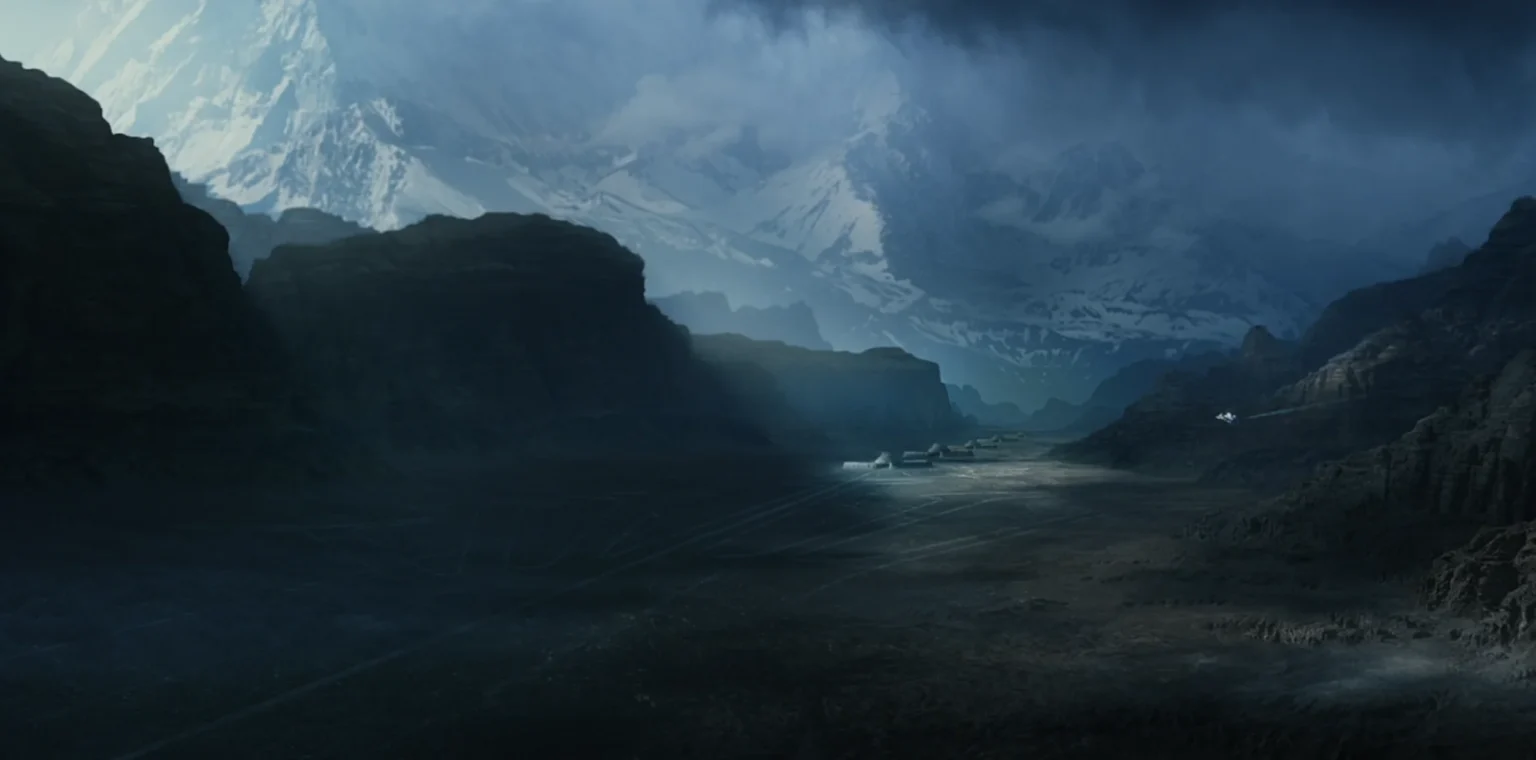
On LV-223, there is an abandoned base once built by the ancient alien civilization of the Engineers, and some worm-like life forms are found. However, it is unclear whether they are local or brought by aliens from other worlds.
Zeta Reticuli in reality
This is how the Zeta Reticuli is shown in movies about xenomorphs. But what do we really know about this star system?
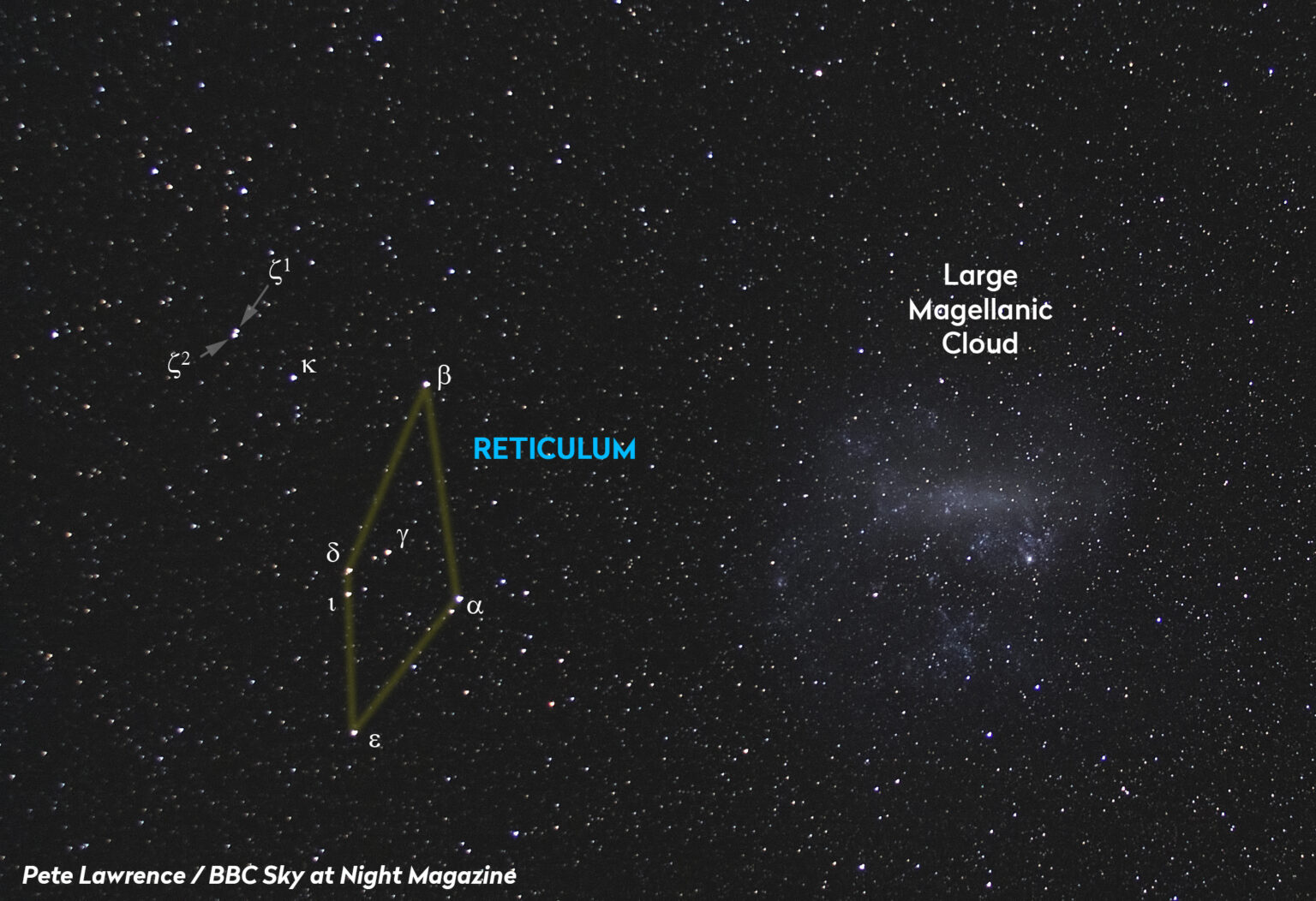
To begin with, this is a double system. It consists of a pair of yellow dwarfs located at a distance of 39 light-years from Earth. The apparent stellar magnitude of Zeta Reticuliis in the Earth’s sky is +5.5. So under ideal conditions, it can be seen in the sky with the naked eye.
The Alien movies did not show us the two stars in the sky of LV-426. However, this can be explained by the fact that the yellow dwarfs are separated by a rather impressive distance of 3700 AU. This is 120 times the distance between the Sun and Neptune. At such a large distance, the second component of the system will look like a very bright star, whose brightness is about 35 times less than the full Moon (or 1320 times greater than the brightness of Venus in the Earth’s sky).
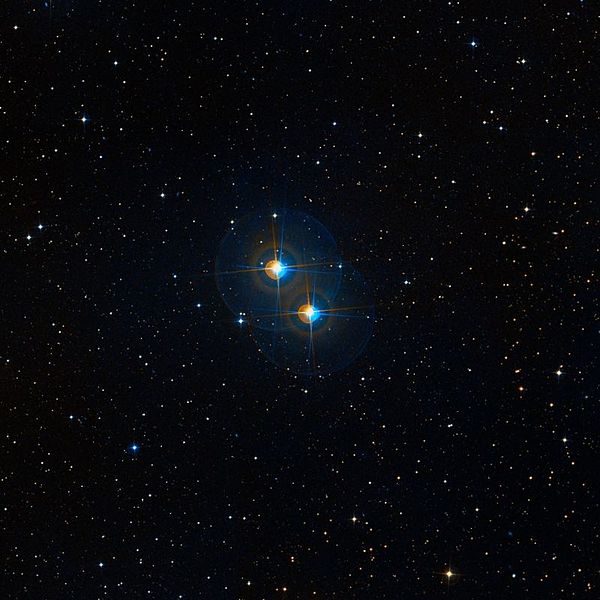
The stars of the Zeta Reticuli are similar in size and mass to our Sun. They are slightly smaller and dimmer, and have a lower metallicity (the percentage of elements heavier than hydrogen and helium). As for their age, astronomers disagree. Zeta Reticuliis is part of the moving group of stars Zeta Hercules, whose age is 8 billion years. The low metallicity also indicates that Zeta Reticuliis should be older than the Sun. However, this is contradicted by the results of studying the chromospheres of its stars. According to them, the system is only 2 billion years old.
Does the Zeta Reticuli have planets? In the 20th century, some ufologists claimed that little gray men came to Earth from this system. Perhaps that’s why the authors of Alien chose it as a place of action.
But so far, astronomers have not been able to find exoplanets in the Zeta Reticuli system. At the same time, observations made in 2007 and 2010 by the Spitzer and Hershel space telescopes revealed an excess of infrared radiation. It was attributed to a fragmentary disk surrounding one of the stars and resembling the Kuiper belt in its characteristics. However, more recent observations by the ALMA complex have cast doubt on the existence of the disk and attributed the previous data to measurement error.
However, this does not mean that there are no planets in the Zeta Reticuli. It is quite possible that more powerful telescopes of the next generation will be able to find something in this system. We just hope it does not turn out to be a crashed alien ship with suspicious cargo on board.

